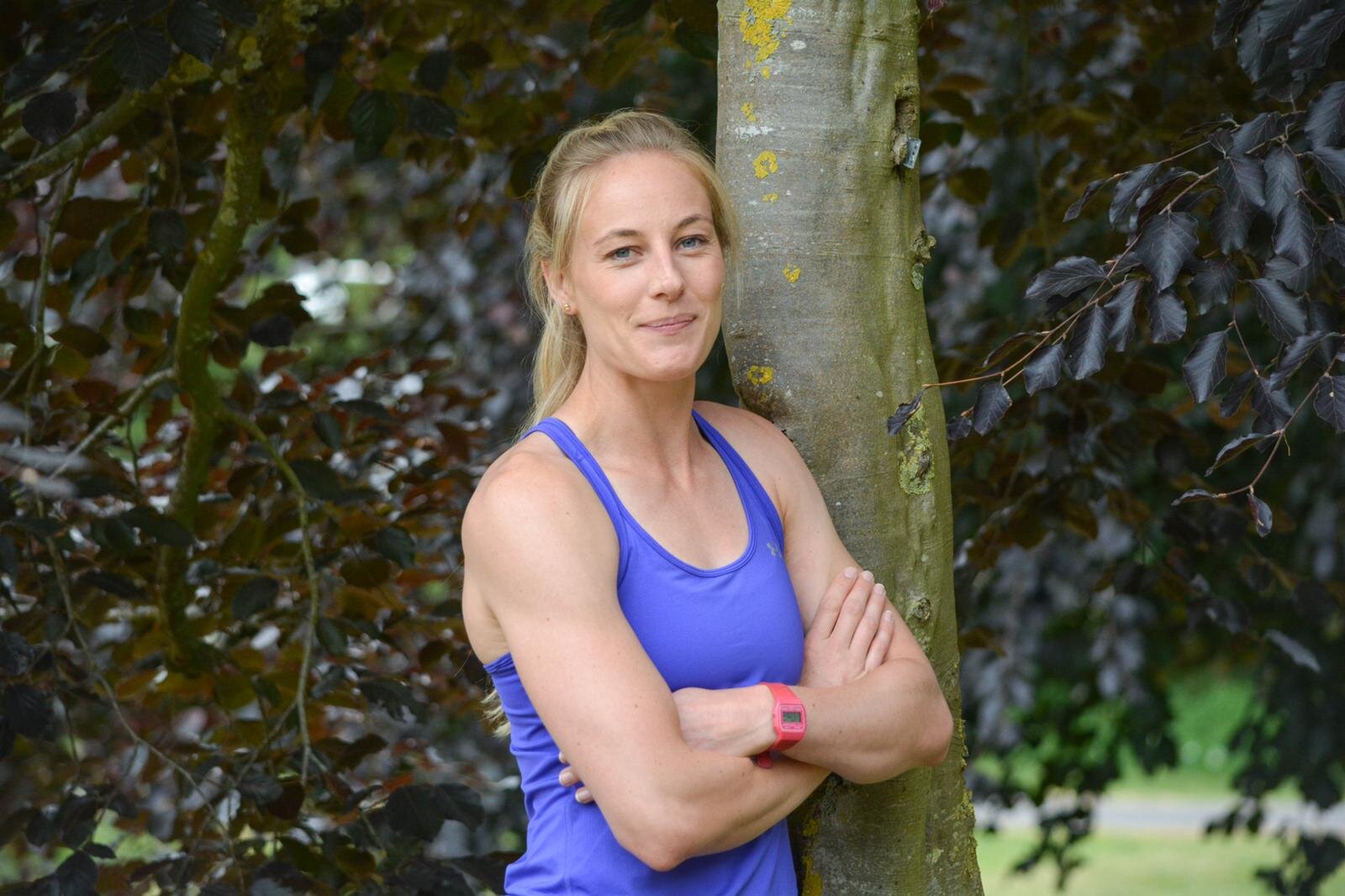OUR 6 TOP TIPS FOR NEW + RETURNING RUNNERS
This August we’re focusing on getting our members ready to run! Whether you are brand new to running, returning to running or an avid runner we’ve got the tools and experts to support your journey.
To kick off, below we share our 6 top tips on how to make a comeback to running and set yourself up for success this summer. It’s time to get strong, stretch out and tie up your laces to Run Your Summer!!
1. Get Strong
A well-conditioned body helps prevent overuse and compensation injuries. This applies for all the body parts involved in running. Head of fitness Evelyn says “Regular strength training leads to better running performance. For example by increasing lower body strength, you can deliver more power, by increasing upper body strength you can improve your efficiency and by increasing your core strength you will be able to maintain. stable upper body movement. Ultimately strength training can help you tolerate a higher volume of running if done properly.”
Make sure you check out Evelyns four part ‘Run Strong’ series this month on The On Demand Library COMING NEXT WEEK to help you build your strength specially for running.
2. Do Warm Up + Cool Down
Looking after your body when you are starting or returning to running is key in setting yourself up for success. It may feel like a little extra effort but warming up before a run and cooling down afterwards will support your body and ensure that you can continue running for longer. A smart running warmup gives your muscles, bones, and joints a chance to loosen up; it gradually and gently brings up your heart rate, and makes it easier to get into the rhythm you want to sustain so you can run—and finish—feeling exhilarated and energised enough to go longer. Static stretches in your cool down are a good way to improve flexibility and prevent injury. Do them after your workout, when your muscles are warm and supple.
Follow Running Expert Kim’s Warm Up and Cool Down Sessions for Runners on the On Demand Library - COMING NEXT WEEK!
3. Practise Patience
Too many times a race or other goal encourages a runner to do more than they should too soon. It takes the legs much longer than the lungs to adapt to new stresses! Walking is recommended before you start running as it reconditions soft tissue (muscles, tendons, ligaments, fascia, connective tissue), preparing them for the more rigorous demands of running. We suggest be able to walk for at least 45 minutes at a medium pace before you start to think about running. Setting up a running timetable or guide can also be super helpful in pacing yourself when you’re getting back into running too.
4. Build it Up Slowly
Your body has to have time to get used to the new stresses of running. Many beginner runners start out jogging too fast and you can pay the price for this mistake. Frustration, overexertion, pain or even injuries are just some of the consequences. Therefore, our experts suggest to start running at a moderate pace (i.e. where you can easily hold a conversation) and even when you feel like going crazy fast, you should maintain the same pace for the entire distance. It’s been proven that those who give their body time to gradually get used to the new demands will have long-term success!
5. Give Your Body Time to Recover
Your first run went well and you want to head out again right away - well this is fantastic news but slow down there buddy! You should wait a day before attempting the next workout: your body needs to rest so it can recover from the first running session.
The body needs time to adapt to the new demands on the cardiovascular system and prepare your muscles and bones for the next run. This being said, we suggest scheduling your training so you run one day and rest the next. This simple training plan can help beginner runners achieve the greatest training effect and avoid overuse injuries.
6. Make Sure You Cross Train
Your heart loves variety, and doing different types of sports also reduces the stress running places on your joints and spine. Plus, it keeps things from getting boring. We suggest adding two or three days of cross-training to your routine—cycling, swimming, yoga, pilates and weight training can help you get stronger and reduce your risk of injury too.








